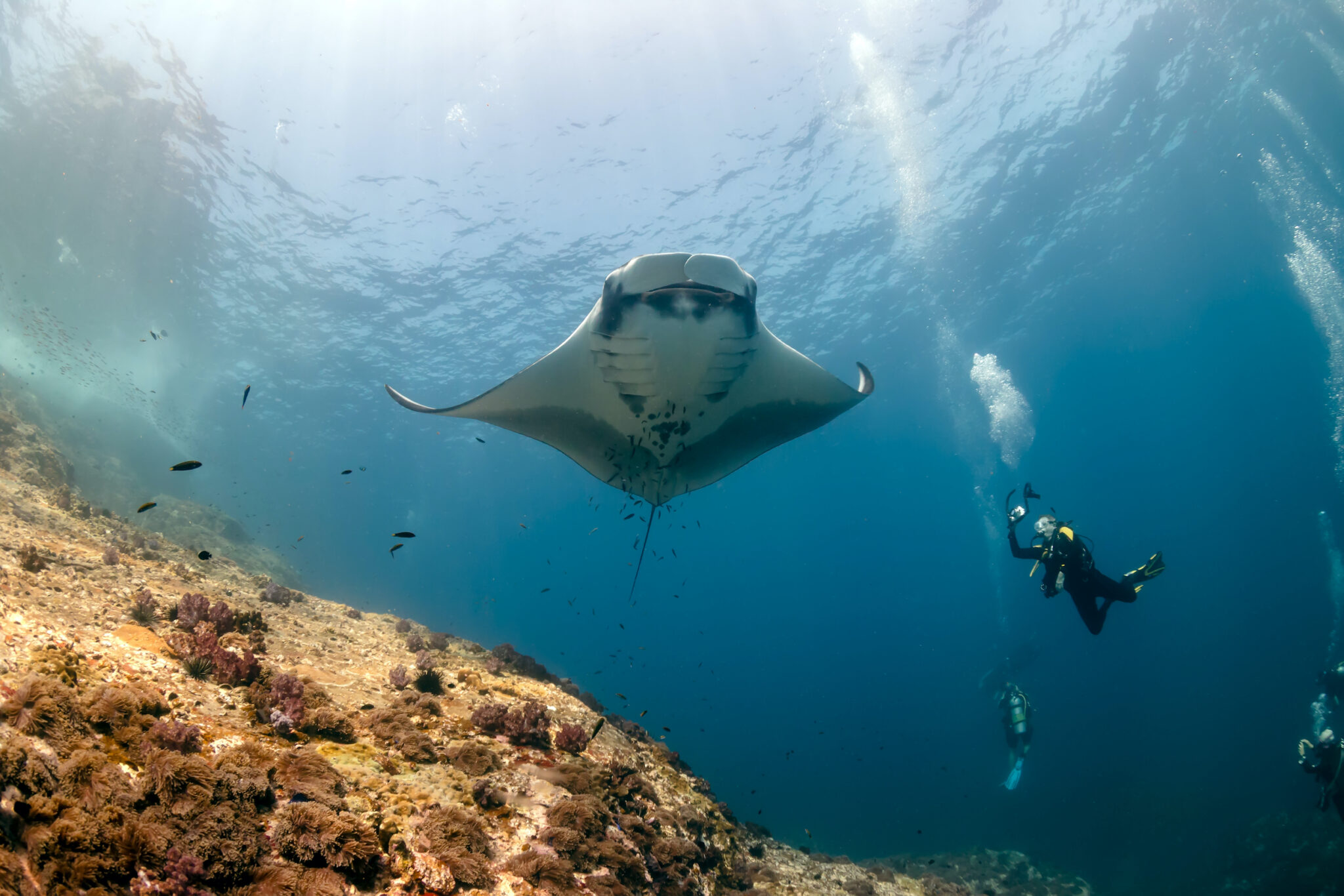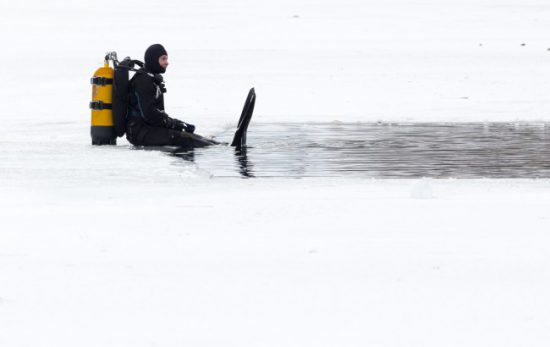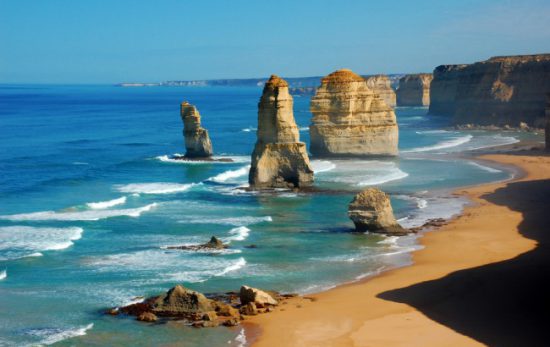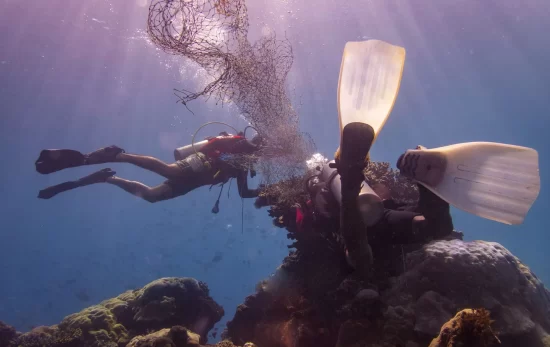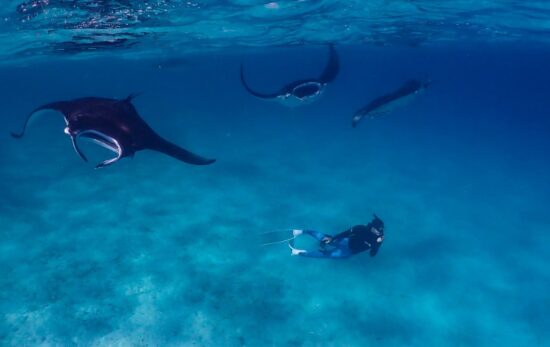You’re 20 minutes into the dive, enjoying brilliant colored corals, an eel popping its head out, a white tip shark, but alas, not what you have come here for. Eating up the GoPro battery you reach to turn it off when a shape starts to take form ahead.
Your heartbeat and excitement increases as you watch this incredible animal’s massive wing span (typically 6 meters across) sweep slowly above you.
Welcome to the World of the Mystical Manta Ray
Every diver should at some point in his or her life experience the magic that is the manta ray. Here, we’ve compiled a list of the top five locations with the highest possibility of encountering these awe-inspiring creatures. One things for certain, you will be diving in warm waters, because that’s where they thrive. No matter where you choose to dive with manta rays, the experts at PADI Travel are here to help you make the most of your dive trip.
Your Manta Ray Bucket List
1. Hawaii
Kona, Hawaii is by far one of the most popular and well known destinations for diving with the elusive manta ray. There are specific waters off its coast near the island’s airport, where you will have your best chance of an encounter, and diving with the one of the local PADI Dive Shops almost guarantees a successful dive.
Although diving during the day can easily put you in camera range with manta rays, the most popular and best encounters occur at night. Your dive boat will take you out to one of the popular locations under a blanket of darkness to meet the mystical mantas. We recommend earning the PADI Night Diver certification before you go.
Dive locations:
- Keauhou Bay or Garden Eel cove is where you use your personal dive lights or they set up giant lights on the ocean floor. This attracts the mantas that will mesmerize divers as they perform acrobatics all around them. They appear to be playing around you, and expect them to get really close, like kissing close, although we don’t recommend it.
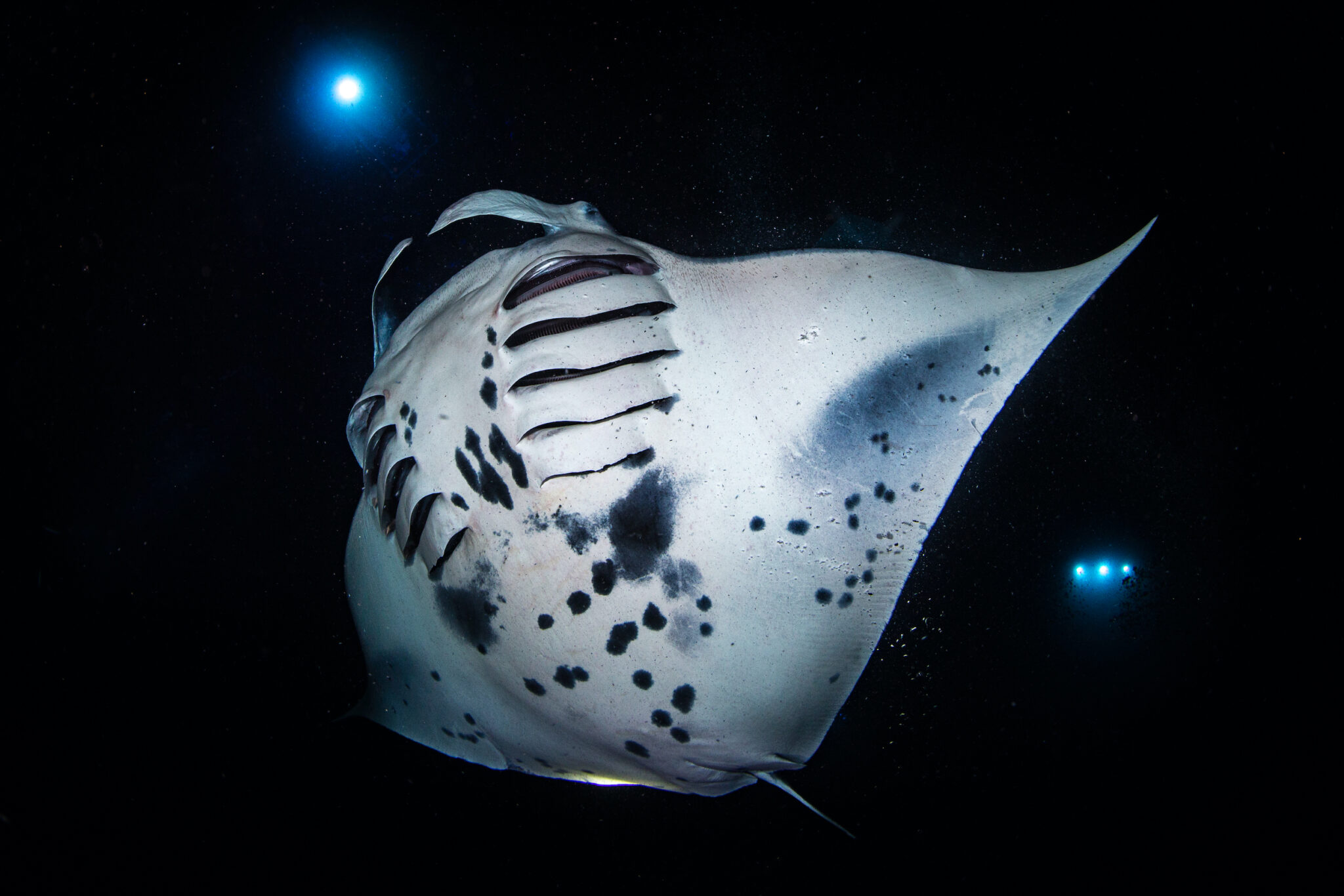
2. Fiji
Fiji offers fantastic opportunities to dive with mantas off the coast of Kadavu and Koro Sea & Bligh Waters. These two areas offer entirely different diving experiences, and depending on your taste, will still put you in position to dance with manta rays.
You’re best opportunity for encounters are between October and March when waters warm and the plankton blooms, bringing in hordes of hungry rays.
Dive locations:
- Koro Sea Diving in the Bligh Waters is perfect for the experienced divers and especially photographers because of typically excellent conditions. Note: you’ll have to get there via liveaboard due to their remote location.
- Kadavu diving is perhaps the best diving in Fiji for the fact that it is pristine, not usually at the top of divers lists, and is home to authentic Fijian culture. Don’t expect large resorts, five star restaurants and nightclubs. This is truly an awesome dive experience for manta rays, where you can have them all to yourself with your dive buddy and your Divemaster.
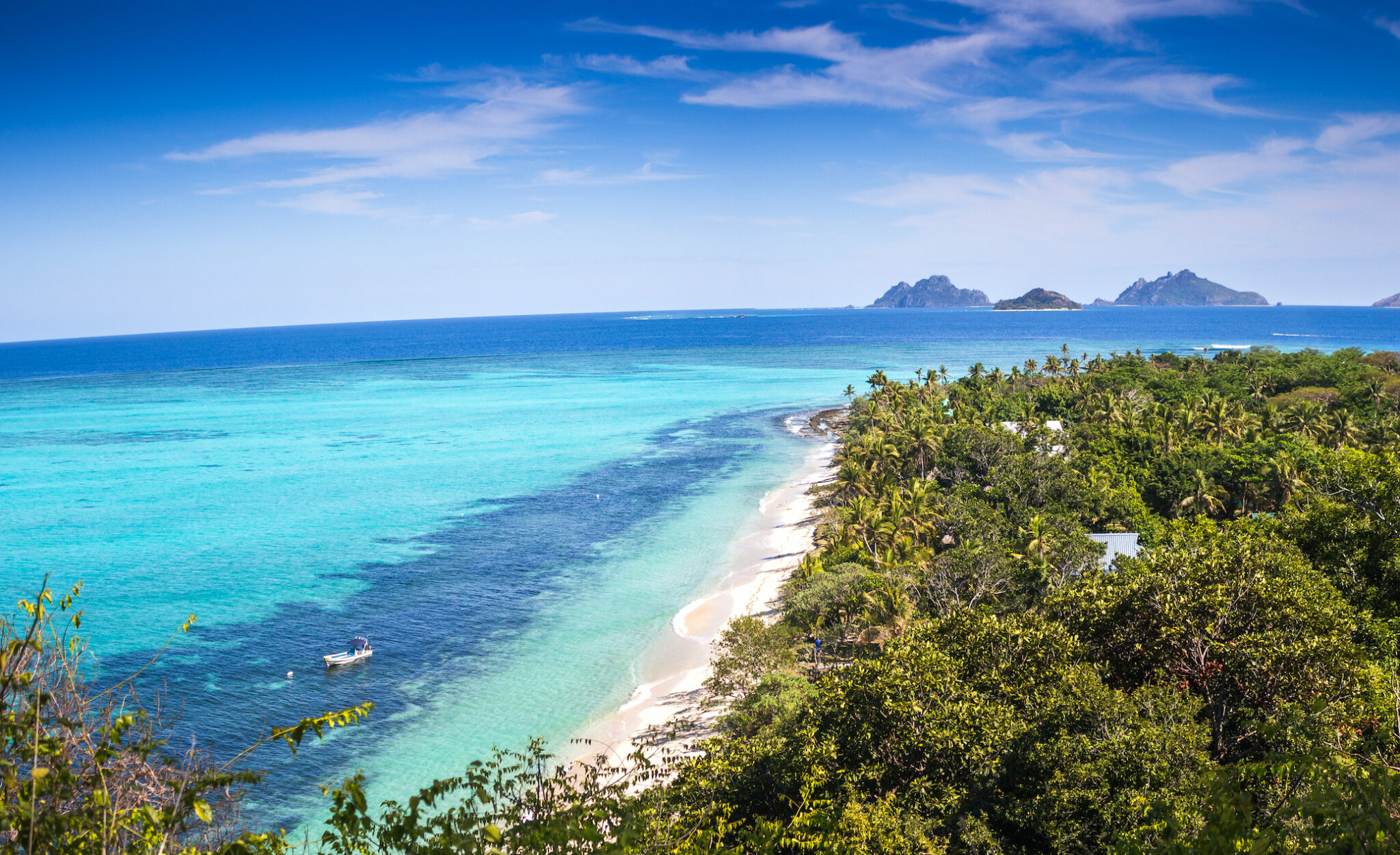
3. Galapagos Islands
The Galapagos Islands, specifically Cabo Marshall, located off the northern shores of Isabela Island is also a top destination for diving with mantas. This is one location where you are almost given a ‘money back guarantee’. To dive with these graceful acrobats off this island, you have to book a multi day excursion on a liveaboard, but its well worth it, believe us.
When planning your ‘Bucket List’ adventure to the Galapagos Islands, remember that the manta season runs from December through May. It’s during these months that the water temperatures warm to 25.55 °C – 28.33 °C (78-83 degrees F), and unlike some other Manta sites, waters are crystal clear for photography. This is also the Manta’s mating season, so you may have to give couples a little privacy sometimes.
Dive locations:
- One of the most famous diving experiences can be had off the Coast of Darwin Island, assessable only via a live aboard. Ask any experienced diver with his or her top 10-bucket list, and this site will be on it. A challenging dive with sometimes-heavy currents, your challenge here is holding your position while schools of manta’s float by.
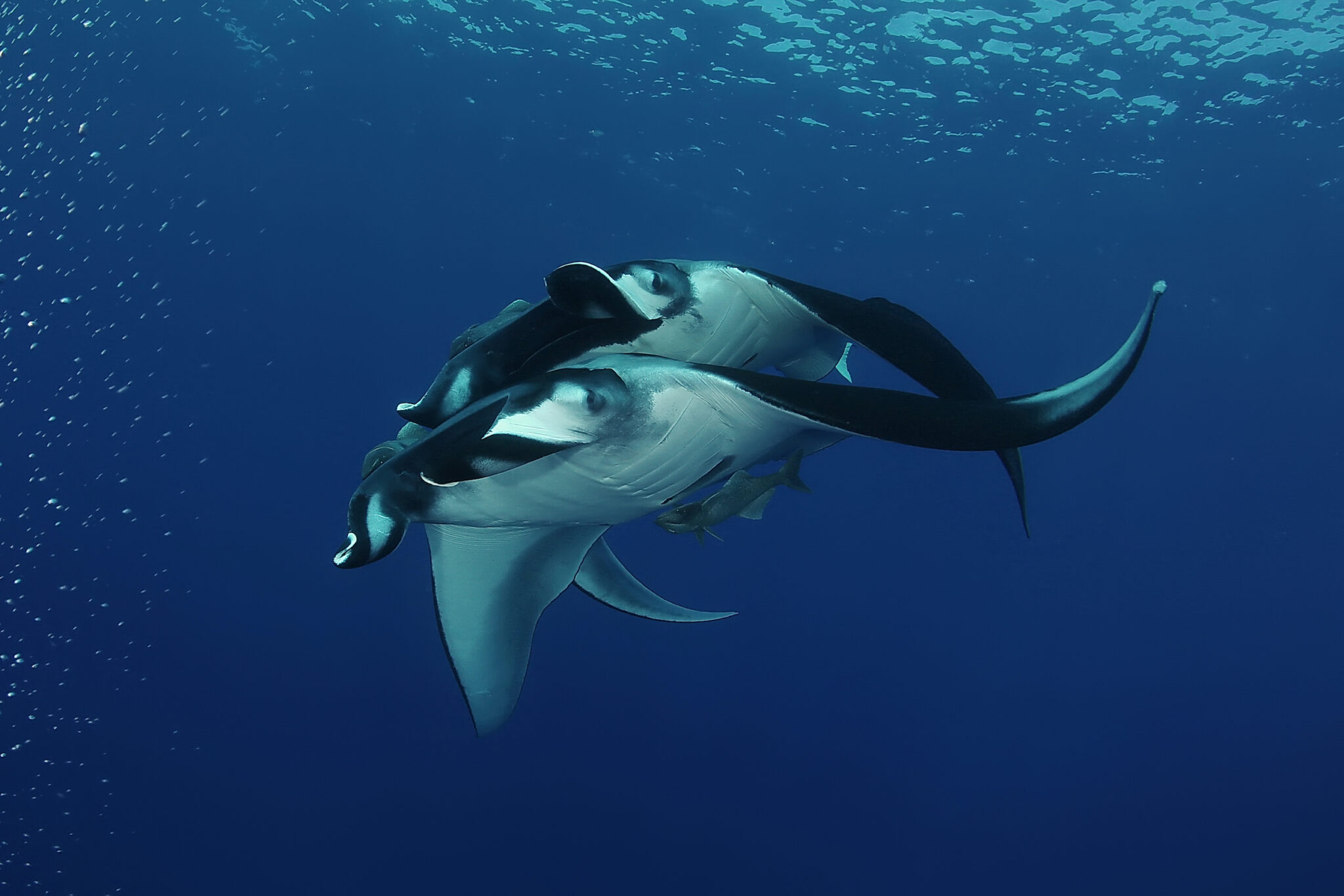
4. Yap, Micronesia
The Islands of Yap, Micronesia are a favorite on many experienced divers ‘bucket lists’, mainly because of the crystal clear waters and shear volume of mantas that inhabit this area. Although you can spot manta rays all year long, the primo dives occur from November until the end of May.
Dive locations:
- Most popular dive sites are the Goofnuw Channels and Mi’il each offering spectacular viewings at different times of year. The Mi’il Channel located on the NW side of Yap Island is the ‘cleaning station’ where you can see them pass through their ‘Manta Car Wash’. During summer and early fall months, it’s over the side into warm waters of Goofnuw where you will head directly towards the sea floor and watch them float above you.
- Diving Yap offers you one of the Pacific’s healthiest barrier reef, with walls, caverns and super evening twilight dives. Its clarity of waters offers a very consistent visibility of 30.45 m (100 ft) or more is key to great videos/photographs of giant mantas. The warm waters of Micronesia, located between Palau and Guam offer spectacular encounters with giant rays all year long.
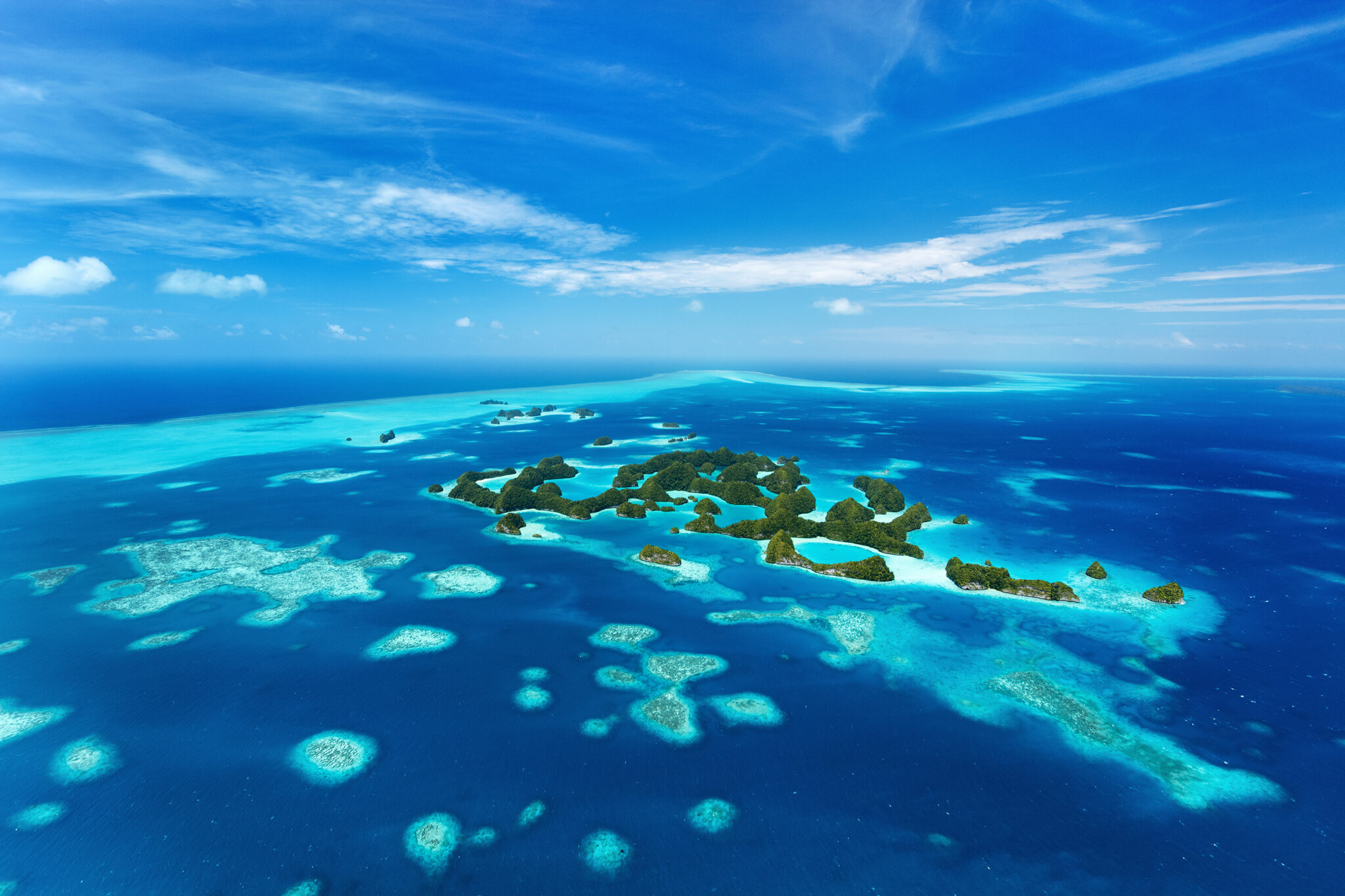
5. Myanmar
Last but definitely not least is diving with the graceful mantas in South East Asia – in Mergui Archipelago & the Burma Banks. Your specific destination is Myanmar. There are over 800 islands in this area offering divers mega opportunities for cavern, tunnel, wall and drop-off diving.
Your diving adventures will be accomplished off the side or back of liveaboard dive vessels. Quickly you will find yourself engulfed in this world of calm and fascinating islands, overwhelmed by its undersea populations.
Dive locations:
- Of all the dive sites found among these islands, the one that stands out for encountering manta rays is Black Rock. As you leave a trail of tiny bubbles behind, you will experience the best liveaboard diving in Myanmar. You’ll quickly realize that this islet is a fish magnet, attracting schools of mobula rays, manta rays, eagle rays and stingrays. The environment below the surface is layered with boulders, soft colored corals, tubes, and much more. Keep your GoPro or other camera equipment at hand, because you will surly want to capture this bucket list adventure.
